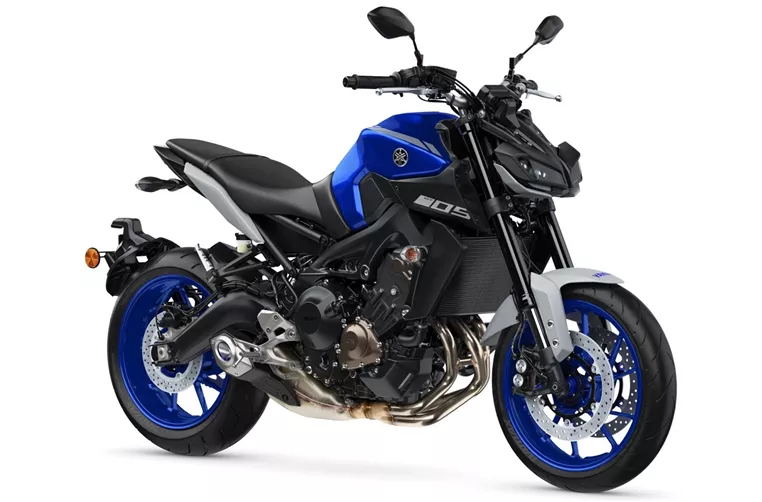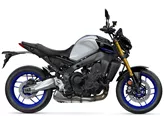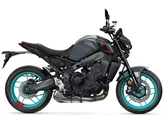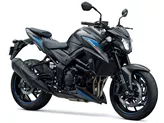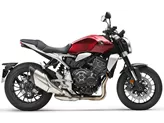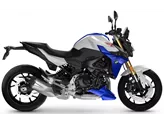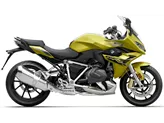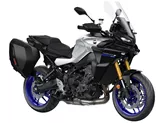Kawasaki Z900 2017 vs. Yamaha MT-09 2020

Kawasaki Z900 2017
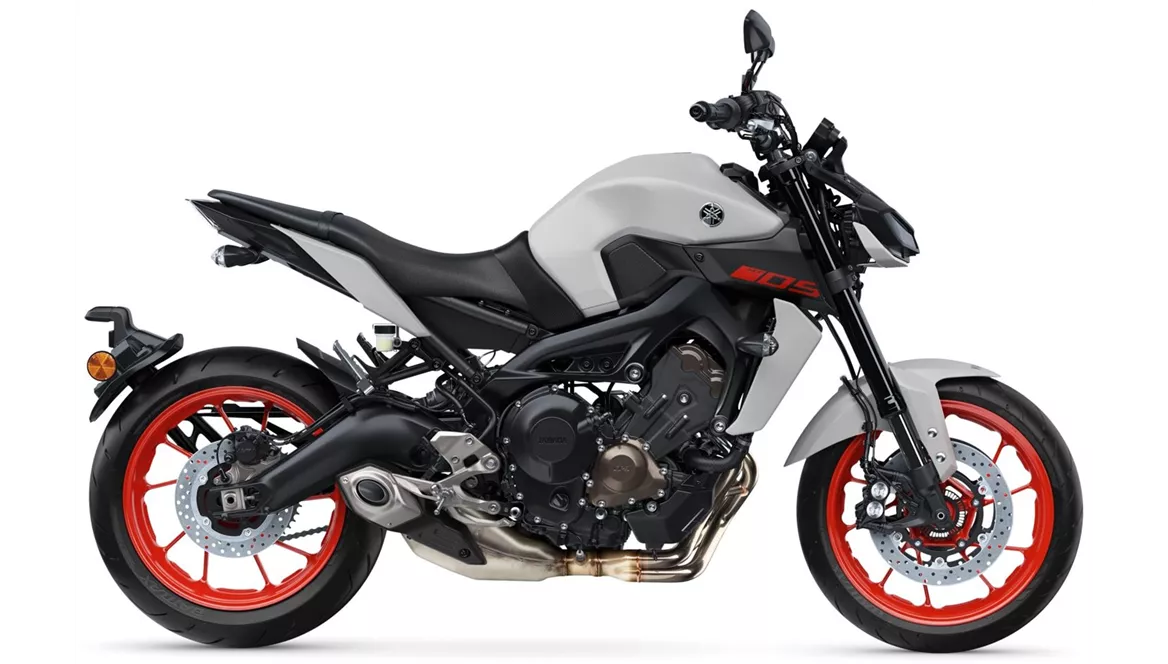
Yamaha MT-09 2020
Overview - Kawasaki Z900 2017 vs Yamaha MT-09 2020
The Kawasaki Z900 2017 and the Yamaha MT-09 2020 are both naked bikes that offer powerful engines and modern features. However, there are some notable differences between the two models.
In terms of engine specifications, the Kawasaki Z900 2017 is equipped with an inline 4-cylinder engine with a displacement of 948cc. It produces 125.4 horsepower and 98.6 Nm of torque. On the other hand, the Yamaha MT-09 2020 features an inline 3-cylinder engine with a displacement of 847cc. It generates slightly less power at 115 horsepower and 87.5 Nm of torque. Both bikes use fuel injection systems and liquid cooling.
When it comes to suspension, both bikes have upside-down telescopic forks at the front and swing arms with monoshock absorbers at the rear. This setup provides good stability and handling on various road conditions. However, the Yamaha MT-09 2020 offers additional advanced rider assistance systems such as ABS, quickshifter, and traction control. These features enhance the overall riding experience and safety.

Kawasaki Z900 2017
In terms of chassis, the Kawasaki Z900 2017 has a steel frame with a double cradle design, while the Yamaha MT-09 2020 features an aluminum frame with a twin tube design. The aluminum frame offers better rigidity and lighter weight, which can contribute to improved handling and maneuverability.
Both bikes have double disk brakes at the front, but the Kawasaki Z900 2017 has slightly larger diameter disks at 300mm compared to the Yamaha MT-09 2020's 298mm disks. Both models also have ABS for added safety.
In terms of dimensions and weights, the Kawasaki Z900 2017 has a wheelbase of 1450mm and a seat height of 795mm. It weighs 210kg with ABS. On the other hand, the Yamaha MT-09 2020 has a slightly shorter wheelbase of 1440mm and a higher seat height of 815mm. It weighs slightly less at 193kg with ABS.
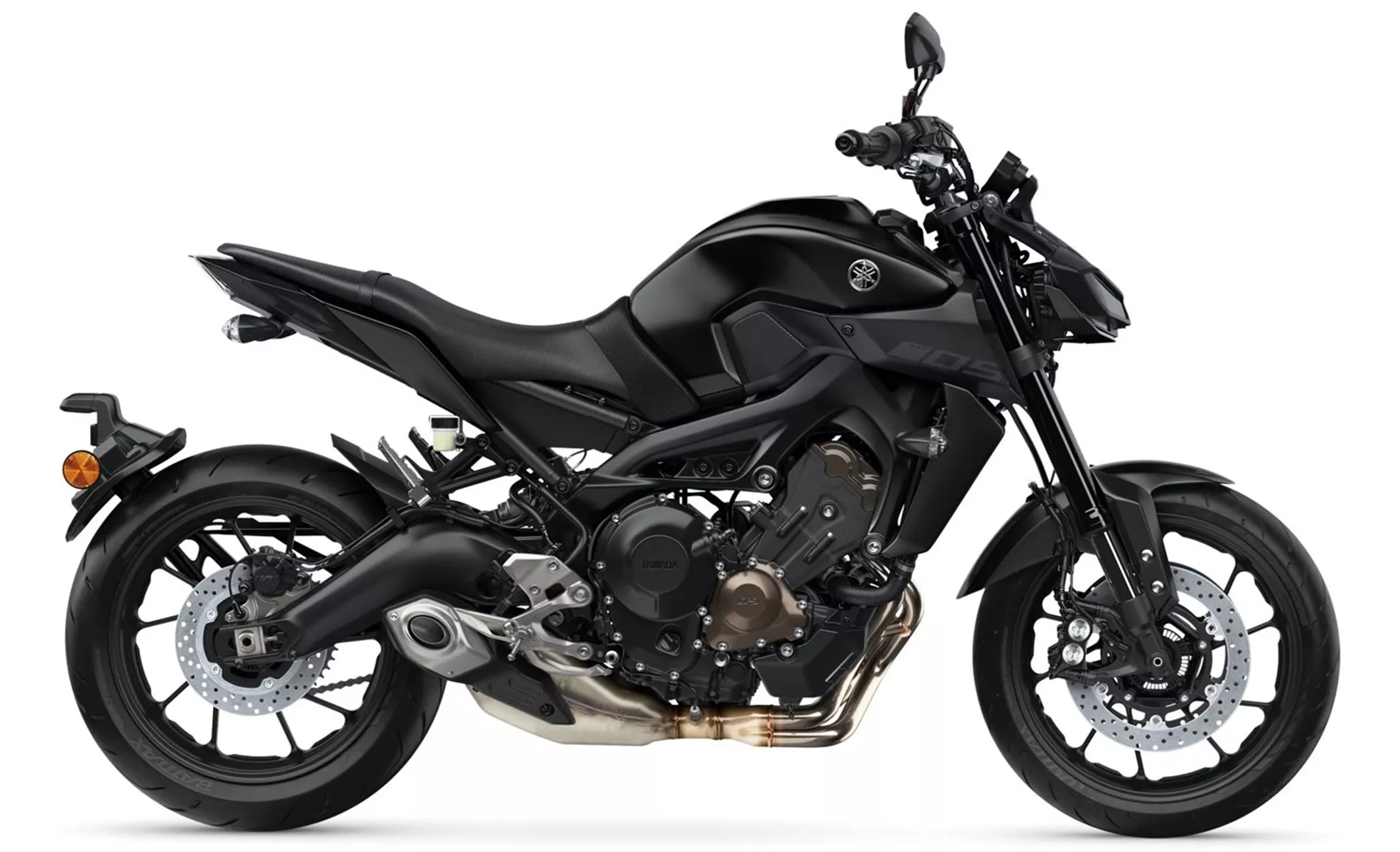
Yamaha MT-09 2020
In terms of strengths, the Kawasaki Z900 2017 is praised for its ingenious naked bike chassis, superb looks, and a responsive engine with a well-balanced torque. It is also considered to offer a good intersection of performance, price, and practical use. On the other hand, the Yamaha MT-09 2020 is known for its powerful engine with plenty of torque and fine control of the traction control system.
However, both bikes have their weaknesses. The Kawasaki Z900 2017 has a narrow knee angle, which can be uncomfortable for taller riders. It is recommended to order a different seat to address this issue. On the other hand, the Yamaha MT-09 2020 lacks a blipper function, and its high handlebars provide little feedback. The throttle response is also reported to be rough, and the ABS system regulates too early in some situations.
In conclusion, both the Kawasaki Z900 2017 and the Yamaha MT-09 2020 are capable naked bikes with powerful engines and modern features. The choice between the two ultimately depends on individual preferences and priorities, such as riding style, comfort, and desired advanced rider assistance systems.
Technical Specifications Kawasaki Z900 2017 compared to Yamaha MT-09 2020
Pros and Cons in comparison
Pros and Cons in comparison
Kawasaki Z900 2017

An incredibly well-designed motorbike. A lot of test work and attention to detail went into it. It has exactly the right power, exactly the right chassis and exactly the right look. An all-round successful naked bike that will make you happy for a long time. If you like, you can ride it simply and faithfully, but if you want, you can also ride it really fast and it wheels like hell. Great!
Yamaha MT-09 2020
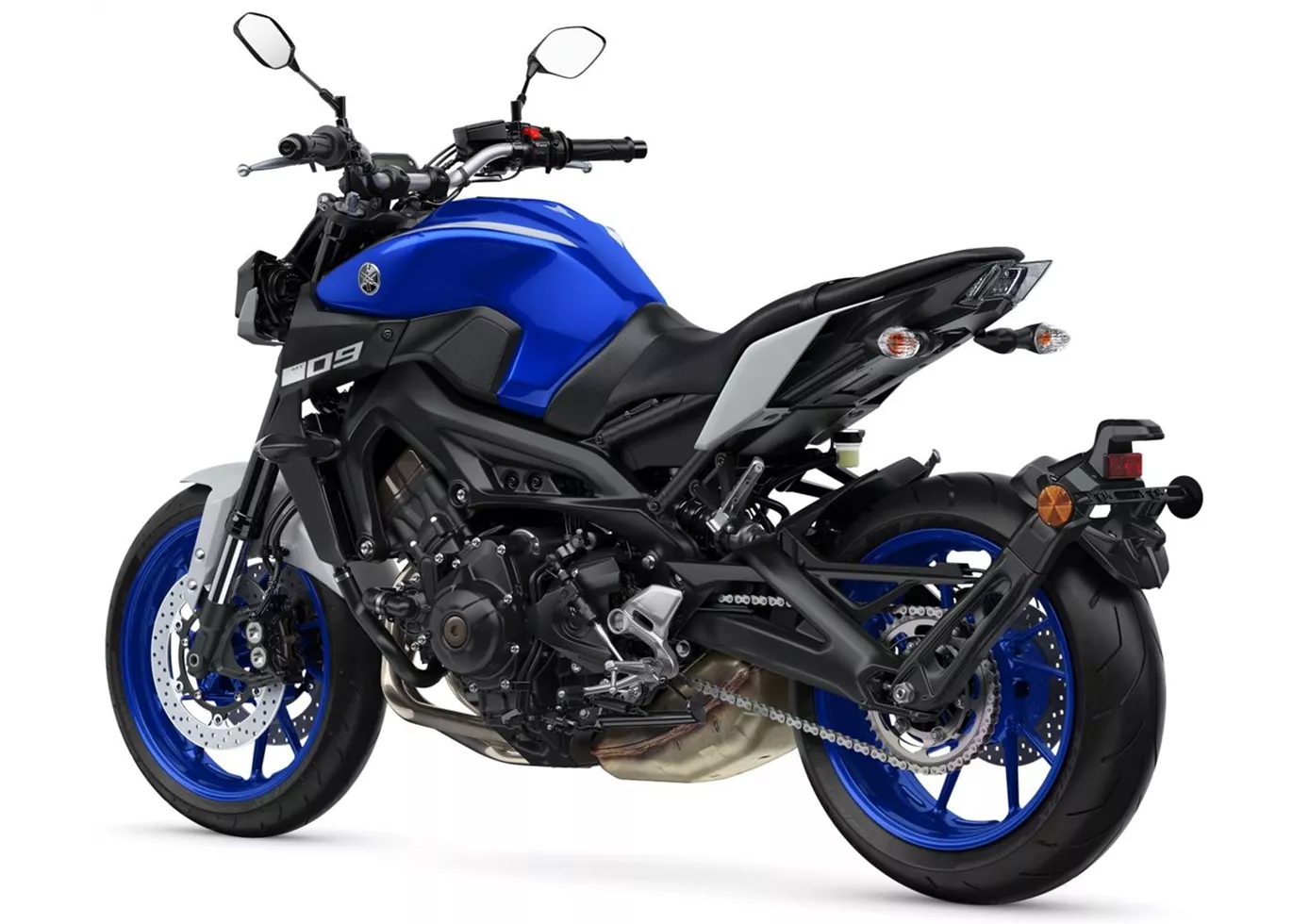
Riding fast is possible, but exhausting. The high handlebars are counterproductive on the race track and require a lot of physical effort. The MT-09 can't keep up with the Street Triple R, even with WP suspension.
Price Comparison Avarage Market Price Kawasaki Z900 vs Yamaha MT-09
There are a few key differences between a Kawasaki Z900 2017 and a Yamaha MT-09 2020. In terms of price, the actual average price of a Yamaha MT-09 2020 is about 3% higher. Compared to Yamaha MT-09 2020 there are more Kawasaki Z900 2017 bikes available on the 1000PS.de Marketplace, specifically 43 compared to 8. It takes less time to sell a Kawasaki Z900 with 85 days compared to 110 days for a Yamaha MT-09. Since model year 2017 1000PS.de editors have written 46 reviews for the Kawasaki Z900 and 57 reviews for the Yamaha MT-09 since model year 2013. The first review for the Kawasaki Z900 was published on 11/11/2016 and now has more than 93,200 views. This compares to more than 39,900 views for the first review on Yamaha MT-09 published on 6/10/2013.

